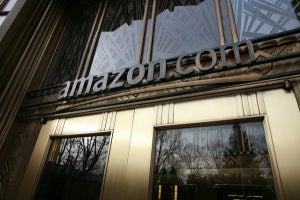 The aftermath of extreme weather events calls for action. Recently, devastating hurricanes, wildfires in California, and the “bomb cyclone” in the northeast have reminded us of our vulnerability to climate change and the strength it takes to rebuild our communities. Months after the effects of Hurricane Maria, much of Puerto Rico remains without power – a painful reminder of the extent to which we rely on electricity, and the work required to maintain the electric grid.
The aftermath of extreme weather events calls for action. Recently, devastating hurricanes, wildfires in California, and the “bomb cyclone” in the northeast have reminded us of our vulnerability to climate change and the strength it takes to rebuild our communities. Months after the effects of Hurricane Maria, much of Puerto Rico remains without power – a painful reminder of the extent to which we rely on electricity, and the work required to maintain the electric grid.
Ensuring reliability of the electric system is integral to protecting our cities and states in the future. After restoring power to millions of New Yorkers in the wake of Superstorm Sandy, Governor Cuomo planted the seeds of overhauling the state’s electric system, which lead to the Reforming the Energy Vision (REV) initiative, an effort to build a cleaner, more reliable, and affordable grid. REV looks to create effective market mechanisms that lead to long-lasting solutions for utilities, customers, and a carbon-free environment.
Part of achieving this vision is decarbonization, or eliminating the use of dirty fossil fuels, which emit more than two-thirds of the United States’ carbon pollution. Environmental Defense Fund’s new whitepaper, “Driving Environmental Outcomes through Utility Reform: Lessons from New York’s REV,” looks at how electric utility reform, specifically New York’s REV, can accelerate decarbonization. The paper outlines fundamental criteria for electric utilities’ modernization efforts to bring about environmental benefits, mainly: building smart platforms to deploy clean energy resources cost-effectively, aligning utility earnings with environmental outcomes, and engaging customers as market participants. Read More













